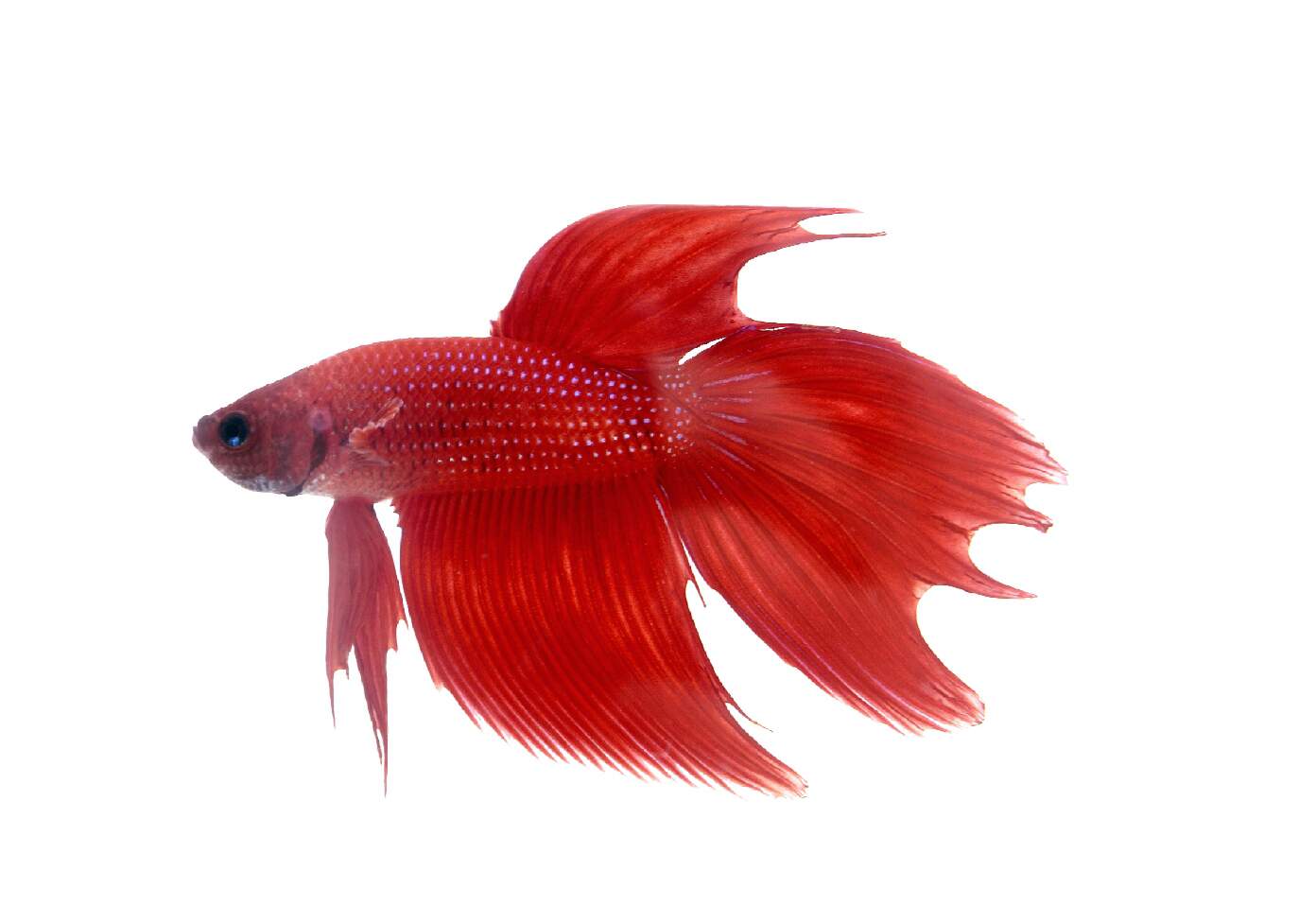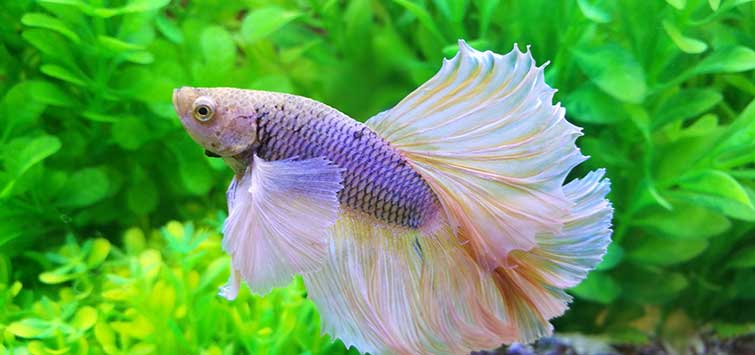Betta Fish Lifespan: Just How to Guarantee Your Betta Lives Longer
Betta Fish Lifespan: Just How to Guarantee Your Betta Lives Longer
Blog Article
Breeding Betta Fish: a Comprehensive Step-By-Step Guide to Effectively Raising Child Bettas From Eggs to Adulthood
Reproducing Betta fish is a precise endeavor that needs cautious preparation and implementation to make certain the successful development of fry from eggs to mature fish. Choosing genetically diverse breeding couple with desirable qualities is just the start; developing an ideal setting and comprehending the intricacies of the breeding procedure are equally critical. As the male Betta faithfully constructs a bubble nest and guards the valuable eggs, the subsequent phases of care and change demand focus to detail and understanding of finest practices. Exactly how does one navigate the difficult yet fulfilling path of nurturing these lively animals to the adult years?

Choosing Breeding Pairs
When embarking on the trip of breeding Betta fish, selecting the right reproduction sets is vital to achieving preferable attributes and a healthy and balanced lineage - betta fish. The first step in this procedure is to determine the specific attributes you want to enhance or maintain, such as shade, fin type, and physique. It is necessary to select genetically varied pairs to stay clear of inbreeding, which can cause health concerns and unfavorable characteristics
Review possible reproducing candidates carefully. A healthy and balanced male Betta must exhibit lively colors, an energetic behavior, and well-formed fins, while the female must likewise present vibrant pigmentation and a rounded belly, suggesting preparedness for spawning. Observing the character of both fish is crucial, as hostile or excessively reluctant individuals may not reproduce successfully.
Keeping records of the moms and dad fish's origins can assist you track hereditary characteristics and prospective issues. Eventually, spending time in the option process will considerably improve the likelihood of creating solid, lively children that fulfill your breeding goals.

Preparing the Breeding Tank
Developing an optimum reproduction atmosphere is a key action after choosing suitable sets for Betta fish. The breeding container need to be particularly developed to provide convenience and stimulate the all-natural breeding actions of the fish. Begin with a tank dimension of a minimum of 10 gallons to guarantee ample area for both the male and women Bettas.
Maintain a mild filtration system to maintain the water clean while staying clear of strong currents that can emphasize the fish. Additionally, an air rock can be added to supply oxygenation without disrupting the water surface excessive.
Temperature law is essential; go for a secure range of 78-82 ° F(25-28 ° C) making use of a trustworthy heating system. The pH degree should be preserved in between 6.5 and 7.5, and routine water adjustments are necessary to make sure high water top quality.
Integrate drifting plants or generating mops to develop hiding places for the female, while likewise urging bubble nest building by the male - betta fish. Make certain the tank is totally free from sharp designs and any kind of possible hazards, as the welfare of the fish need to constantly be prioritized throughout this crucial phase of reproduction.
The Reproduction Process
Commonly, the breeding procedure for Betta fish entails a collection of unique and observable habits that show readiness for reproduction. The male Betta begins by constructing a bubble nest at the water's surface, which serves as a site for the fed eggs. This nest is important, as it provides a secure setting for the eggs up until they hatch out.
Once the nest is developed, the man will certainly display courtship actions, such as flaring his fins and exhibiting vibrant colors to attract the female. The lady, upon noticing the male's readiness, will react by presenting upright red stripes along her body, signaling her receptiveness.
When the female techniques, the male participates in a mating dance, typically resulting in an accept called the "spawning." Throughout this accept, the woman releases her eggs, which the male feeds immediately. The fed eggs after that are up to the bubble nest, where the male very carefully gathers and returns them to the nest. Following this, the male assumes duty for securing the nest and making sure the security of the eggs until they hatch out, usually within 24-36 hours. This stage is critical in the reproducing process, laying the structure for effective fry development.
Taking Care Of Betta Fry
Caring for Betta fry calls for cautious focus to their atmosphere and nutrition to make sure healthy and balanced growth and advancement. After hatching, Betta fry are very find more info tiny and susceptible, demanding a secure and tidy environment. Maintaining a water temperature in between 78 ° why not try this out F and 80 ° F is vital, as Betta fry thrive in warm problems. Additionally, make sure that the water is totally free of unsafe toxins; routine water adjustments of 10-20% are recommended to maintain ideal water top quality.
Feeding Betta fry is just as important. Feed them tiny quantities a number of times a day, being mindful not to overfeed, which can lead to water high quality problems.
Transitioning to Adult Bettas
As Betta fry mature, transitioning them to adult Bettas is a critical phase that needs careful administration of their environment and social communications. This process normally starts when the fry reach around 6 weeks of age, at which factor they can be gradually introduced to a more organized living atmosphere.
To promote this transition, it is essential to guarantee that the water parameters-- such as temperature level, pH, and ammonia levels-- are ideal and stable. Grown-up Betta fish flourish in cozy water (around 78-80 ° F) with a pH of 6.5 to 7.5. Slowly acclimate the fry to these problems to decrease stress and anxiety.
Social interactions are an additional vital aspect; man Bettas are notoriously territorial and hostile. It is suggested to separate men right into individual containers as they mature. Women Bettas can be housed together, but care should be taken to check for indications of hostility.
In addition, dietary adjustments should be made as the fry expand. Incorporate top quality pellets and live foods to support their development and health. By handling these variables effectively, you can promote a successful transition to their adult years for your Betta fish.

Final Thought
Effective breeding of Our site Betta fish needs careful focus to information throughout the entire procedure, from picking genetically varied sets to providing optimum take care of fry. By making certain appropriate breeding conditions and keeping water high quality, the likelihood of healthy spawn raises considerably. Additionally, a balanced diet plan and progressive adjustment to grown-up atmospheres are vital for the growth and development of Betta fish. Adhering to these actions carefully fosters a prospering population of Betta fish, boosting both their health and wellness and vitality.
Report this page